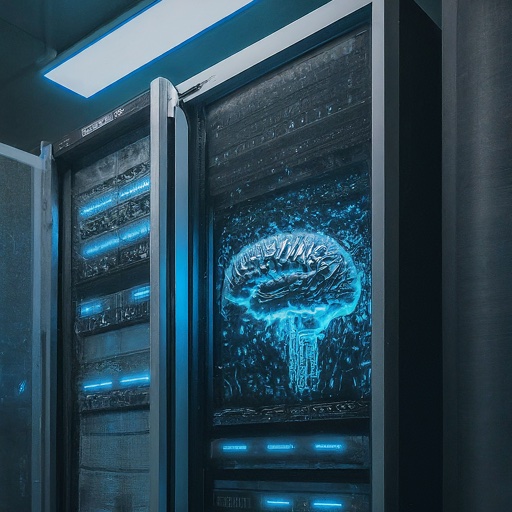 I once worked with a colleague who consistently interrupted my workflow seeking guidance on performing his tasks. I am not exaggerating when I say that not even 10 minutes would elapse without him posing a question or two, necessitating me to visit his desk to address his queries. These interruptions were growing annoying and just increased my workload. This constitutes the first part of my narrative.
I once worked with a colleague who consistently interrupted my workflow seeking guidance on performing his tasks. I am not exaggerating when I say that not even 10 minutes would elapse without him posing a question or two, necessitating me to visit his desk to address his queries. These interruptions were growing annoying and just increased my workload. This constitutes the first part of my narrative.
Part two commenced when I transitioned to another department within the same company and was confronted with a multitude of disorganized documentation that I needed to familiarize myself with in order to execute my tasks with a reasonable level of proficiency. The documentation was poorly written, lacking any standardized structure or indexing, making it challenging for me to comprehend. It was to the extent that the head technical writer once remarked, “We could really confuse hackers and competitors by releasing all of our documentation to the public.”
From that moment, I envisioned a system where all the company’s documentation could be assimilated, learned by a machine, and made readily available for staff seeking primers or guidance. This would significantly save time and resources, prompting every company to consider adopting such a solution.
As a well-known TV show stated, “Gentlemen, we can rebuild him. We have the technology.” In the realm of AI, we indeed possess the technology. Let’s build something.
Since the launch of ChatGPT and similar Large Language Models (LLMs), numerous libraries have been developed. Some of these databases are now accessible to the public free of charge. Despite costing millions of dollars to develop, some LLMs are available for anyone interested in AI to acquire and experiment with.
ChatGPT is utilized daily by millions of individuals worldwide for various purposes. However, it is also prohibited by many companies, primarily due to security leak prevention and associated risks.
In 2024, the technology exists for anyone to acquire and utilize their private ChatGPT equivalent, whether at home or in the workplace, on a single computer. Most LLMs can be customized to include specific information and documentation pertinent to a company. The extensive documentation mentioned earlier can be integrated into an LLM, providing a valuable resource for employees inundated with inquiries. In my case, I have initiated a project to implement this at home and am already witnessing remarkable benefits.
Major tech companies have developed compelling LLMs for global use; we can now enhance their utility by integrating valuable company information. This can exponentially increase productivity without exposing sensitive company information to public LLMs.
So, how does one go about modifying a robust LLM to make it learn company-specific knowledge? Let’s explore the insights of an expert.
For an inspiring demonstration, check out the YouTube video by Chuck Keith, also known as “NetworkChuck,” illustrating how to create your private AI.
Companies can derive substantial advantages from the integration of their proprietary artificial intelligence (AI) systems. By consolidating internal expertise and documentation, organizations can establish a dedicated knowledge portal accessible to their personnel, facilitating streamlined workflows and empowering employees to accomplish tasks efficiently without generating additional workload for their colleagues.
Furthermore, for businesses seeking incentives to encourage remote employees to return to the office, introducing an exclusive knowledge portal restricted to on-site personnel can be a strategic move. By restricting access to the company’s private AI from home, even through Virtual Private Network (VPN) connections, not only does this enhance the security of the company’s proprietary AI, but it also fosters a desire among employees to return to the office environment. This measure ensures a controlled dissemination of critical information, reinforcing the importance of the workplace and reinforcing a collaborative work culture within the organization.
Another idea is to build a company private AI using company’s technical manuals and information which is can then make available to its customer base, giving the company a leading edge advantage over its competitors.

